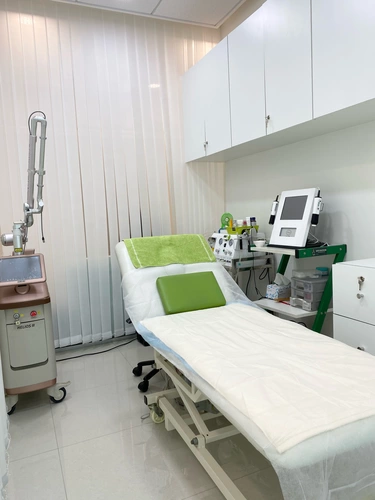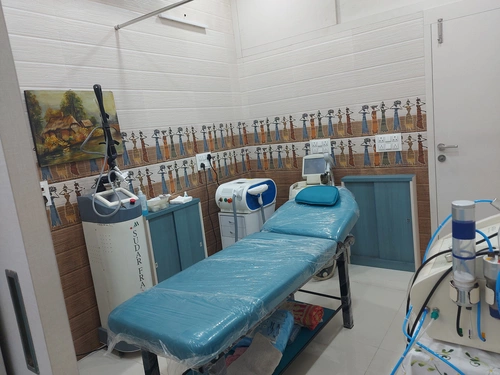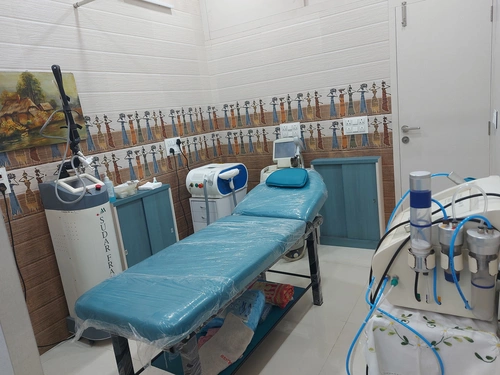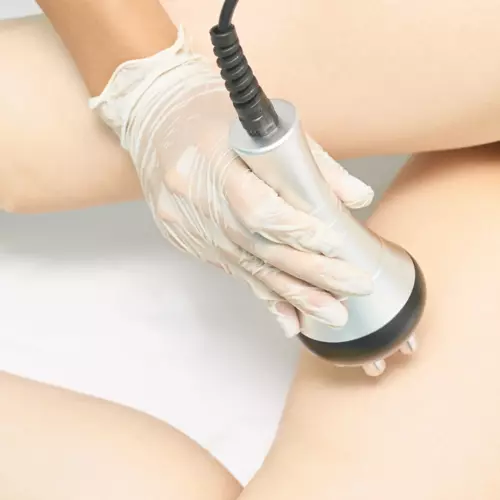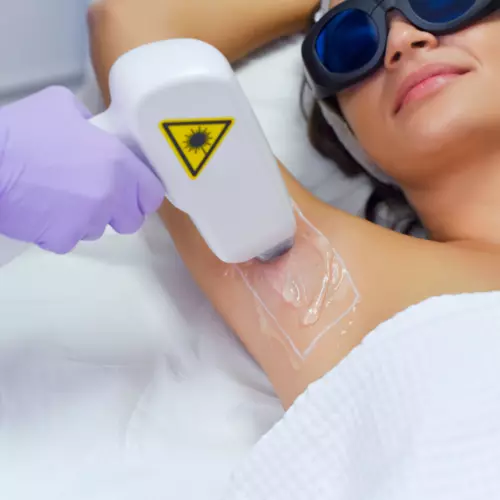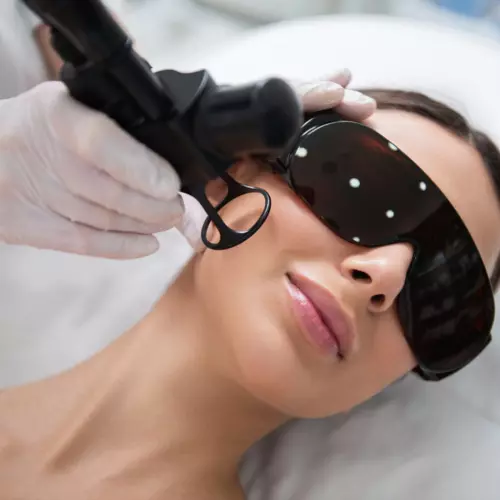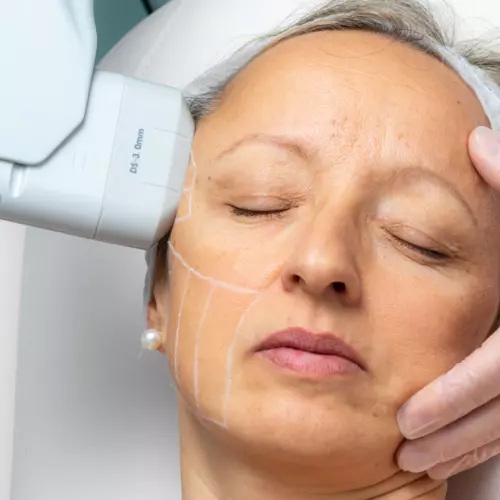TOP DERMATOLOGISTS AND SKIN SPECIALISTS IN MUMBAI.
Hand picked, Verified and Trusted dermatologists in Mumbai. You have right to consult only the best. At SkinGenious we do a comprehensive vetting of experts so that you can just pick the skin specialist closest to you and be assured that they are one of the top dermatologists in Mumbai
BEST AESTHETICS SOLUTIONS MADE EASY
Finding the right specialist in Mumbai is now hassle free. At SkinGenious, We will assess your concern and connect you to the best suited expert near your location. Patient Convenience at its best.
Pick the closest specialist

Find the right skin specialist or plastic surgeon in Mumbai in an instant. Get in touch easily.
Cosmetology connect

If you are looking for aesthetic solutions and not specifically healthcare, get on a video call with the specialist to clarify doubts before the visit
In-person consultation

Meet the expert and discuss all your concerns and medical history. Get advised by the best on the ideal line of treatment that suits your needs.
Undergo your treatment

SkinGenious is home to the best specialists and you can rest assured that your treatment will provide you results promised in the consultation, at a fair and transparent price.
DERMATOLOGY EXPERTISE IN MUMBAI AT YOUR FINGERTIPS
From 'Rashes / Bumps' to 'Fuller Lips / Laser Treatments', at SkinGenious we have the right expertise & the latest technologies to provide you with the best suited skin & hair solutions in Mumbai
TREATMENTS FOR SKIN & HAIR IN MUMBAI
At SkinGenious we provide a wide range of treatments for all your skin and hair related issues. Explore our treatments for skin conditions, anti aging solutions, cosmetology proceedures etc. lays of skin, taking along with it the damage...
City3
Treatment
City3
Treatment
City3
Treatment
City3
Treatment
City3
Treatment
City3
Treatment
KNOW ABOUT YOUR SKIN / HAIR CONCERN
Get full understanding of the concern you are facing and make knowledgeable decisions on the best line of treatment needed for the your problem.
City3
Concern
City3
Concern
City3
Concern
City3
Concern
City3
Concern
City3
Concern
STATE OF ART CLINICS IN MUMBAI
Advanced Skin & Hair Clinics with top dermatologists & latest technologies offering the best services in Mumbai
SKIN & HAIR CARE PACKAGES SKINGENIOUS MUMBAI
Choose from our Skin & Hair Care Packages in Mumbai for special occasions in your life. At SkinGenious Mumbai we have carefully crafted beauty proceedures to help you look the best on those special occasions
TECHNOLOGICAL EDGE @ SKINGENIOUS MUMBAI
Learn more about the technologies that enable the top specialists at SkinGenious Mumbai to deliver superlative results
REVIEWS SAY IT ALL, WE DON'T TAKE IT EASY
our specialists and teams strive hard to provide an amazing experience along with out of the world results. read reviews of skingenious Mumbai
FAQS
Common Questions you might have regarding Dermatologists & Skin Treatments in Mumbai
Who is the best dermatologist in Mumbai for my treatment?
At SkinGenious, Mumbai we partner with only the top dermatologists after evaluating multiple factors Our Top 5 Skin Specialists are listed above.
What are the Consultation Charges for Dermatologist in Mumbai
We at SkinGenious, Mumbai are very transparent with our pricing for consultation as well for other procedures. Please check our pricing table to get an idea regarding treatment costs
In Mumbai, How to find a SkinGenious dermatologist near me?
We are present at multiple locations in Mumbai. You simply need to choose the skin specialist / slinic closest to you and rest assured about the quality of care that you receive.
Is a dermatologist the same as a skin specialist or skin doctor?
Yes, dermatologists are specialist doctors for skin hair and nails and will resolve your concerns related to them. Further you can get in touch with us regarding your concern and we will connect you with the most suited expert in Mumbai
What are the common conditions treated by dermatologists?
Dermatologists help in the treatment of skin, hair and nails. Some common conditions that they help you resolve include psoriasis, fungal infections, nail infections, rashes, hair loss, urticaria etc. Other then that dermatologist with expertise in cosmetology can help with issues like acne removal , hair removal , wrinkle treatment, hair loss , skin whitening, skin tightering etc
SKINGENIOUS MUMBAI BLOGS
Keep yourself updated with the latest in skin sciences. The top skin specialists of Mumbai & across India share about skin, hair & aesthetics.
GO To...
TOP DERMATOLOGISTS AND SKIN SPECIALISTS IN Mumbai.
BEST AESTHETICS SOLUTIONS MADE EASY
DERMATOLOGY EXPERTISE IN Mumbai AT YOUR FINGERTIPS
TREATMENTS FOR SKIN & HAIR IN Mumbai
KNOW ABOUT YOUR SKIN / HAIR CONCERN
STATE OF ART CLINICS IN Mumbai
TECHNOLOGICAL EDGE @ SKINGENIOUS Mumbai
REVIEWS SAY IT ALL, WE DON'T TAKE IT EASY
Book Your Appointment.









